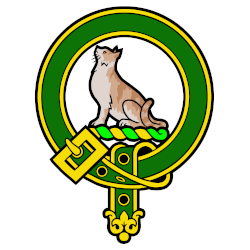In his Tales of the Otori series, Lian Hearn presents a vision of Japan passed through a lens of subtle distortion. The main character, Tomasu/Takeo, has ties to three factions: the noble clan Otori, whose head rescued him from the destruction of his village; the persecuted religious cult of the Hidden, who believe in a deity that holds all men equal, and who raised him; and the Tribe, a faction of secretive assassins and magicians, from whom his father came. Takeo must struggle to direct his own destiny as each faction demands their piece of his soul.
I have a mild interest in certain elements of Japanese history and mythology, mainly those associated with the martial arts. This book creates authentic characters that pass my sense of realism for a pseudo-Japan, but does less well in the aspect of the martial arts; the author lends little flavor or attention to the combat, preferring to explore the ramifications of actions taken in the heat of the moment. Only by subtle hints can the reader differentiate between a duel between samurai and ninja in Hearn’s world, and a more generic battle between two European knights on foot.
But these flaws apply only to the martial aspects of the work. The culture and the characters come through clearly in the manner of Sumi-e (ink painting), where simple and bold lines suggest the image to the mind rather than laying out the intricate details. I am no student of Japanese history, but I feel that there are rich parallels lurking just beneath the surface of my knowledge. This is a book that rewards contemplation, rather than merely a rousing tale of adventure.
This book is well worth the read.
